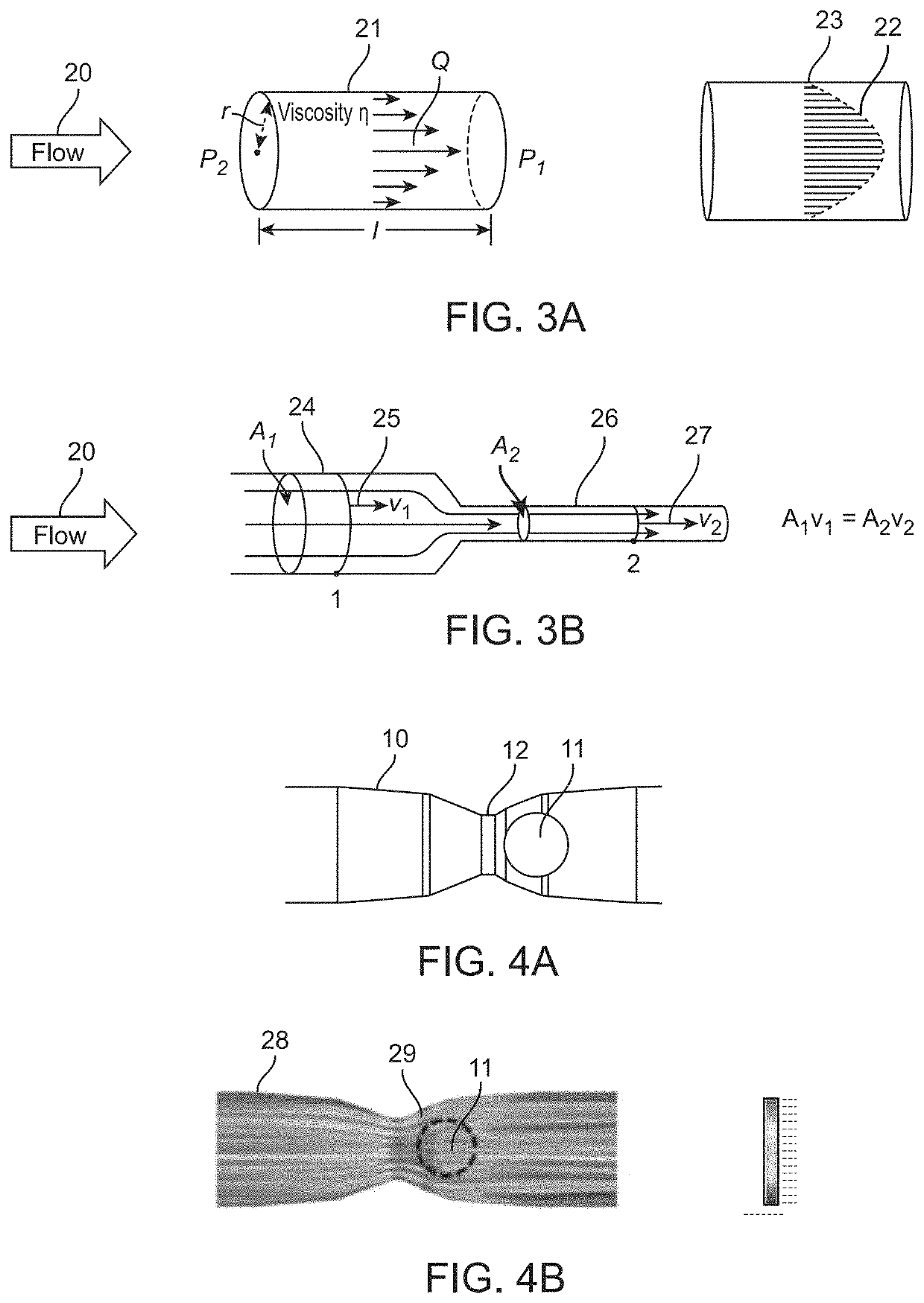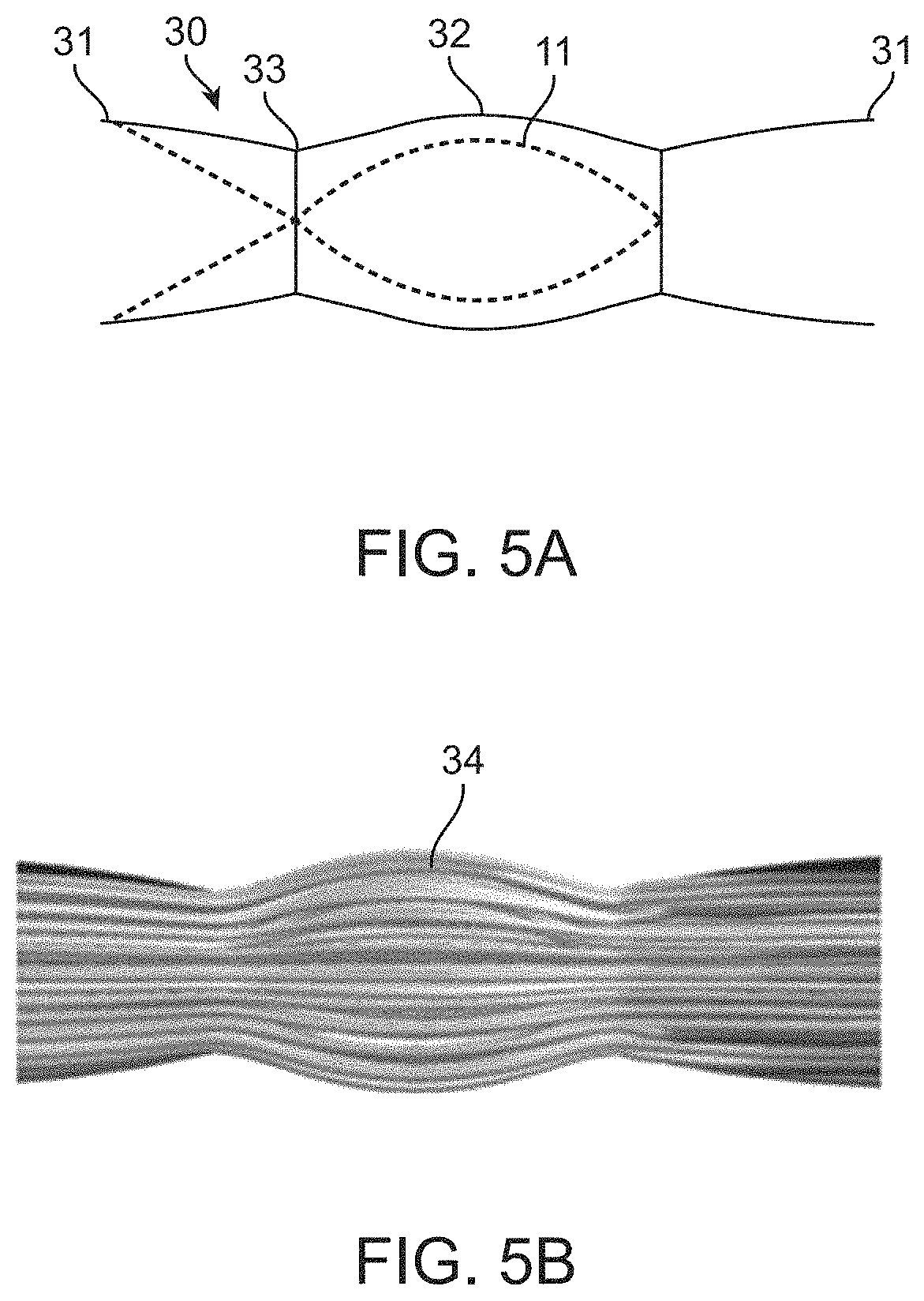Venous valve with enhanced flow properties
a technology of venous valves and flow properties, applied in the field of medical devices, can solve the problems of limiting the diameter becomes the limiting factor in the ability of the valve assembly to compress into a decreased delivery profile, and the balloon with a large outer profile is difficult to insert into the patient's vein position, etc., to avoid high fluid resistance to forward venous blood flow, reduce the delivery profile, and minimize the potential for thrombo
- Summary
- Abstract
- Description
- Claims
- Application Information
AI Technical Summary
Benefits of technology
Problems solved by technology
Method used
Image
Examples
Embodiment Construction
[0073]In this disclosure, the term “proximal” will be used synonymously with “upstream,” and the term “distal will be used synonymously with “downstream.”“Upstream,” in this disclosure, means farther away from the heart, in other words upstream when blood is flowing toward the heart. “Downstream,” in this disclosure, means closer to the heart, in other words downstream when blood is flowing toward the heart. Although in a vein blood sometimes flows in a retrograde direction (i.e., away from the heart, for example between heartbeats), the terms upstream and downstream in this disclosure refer to blood flow in the direction toward the heart. Similarly, “forward flow” means blood flow in a direction toward the heart, and “retrograde flow” or “backward flow” means blood flow in a direction away from the heart. “Horizontal flow” or “in a horizontal direction,” refers to blood flow in a direction straight through the blood vessel and / or the valve implant device. This definition is used re...
PUM
 Login to View More
Login to View More Abstract
Description
Claims
Application Information
 Login to View More
Login to View More - R&D
- Intellectual Property
- Life Sciences
- Materials
- Tech Scout
- Unparalleled Data Quality
- Higher Quality Content
- 60% Fewer Hallucinations
Browse by: Latest US Patents, China's latest patents, Technical Efficacy Thesaurus, Application Domain, Technology Topic, Popular Technical Reports.
© 2025 PatSnap. All rights reserved.Legal|Privacy policy|Modern Slavery Act Transparency Statement|Sitemap|About US| Contact US: help@patsnap.com



